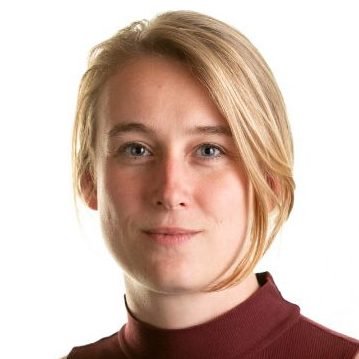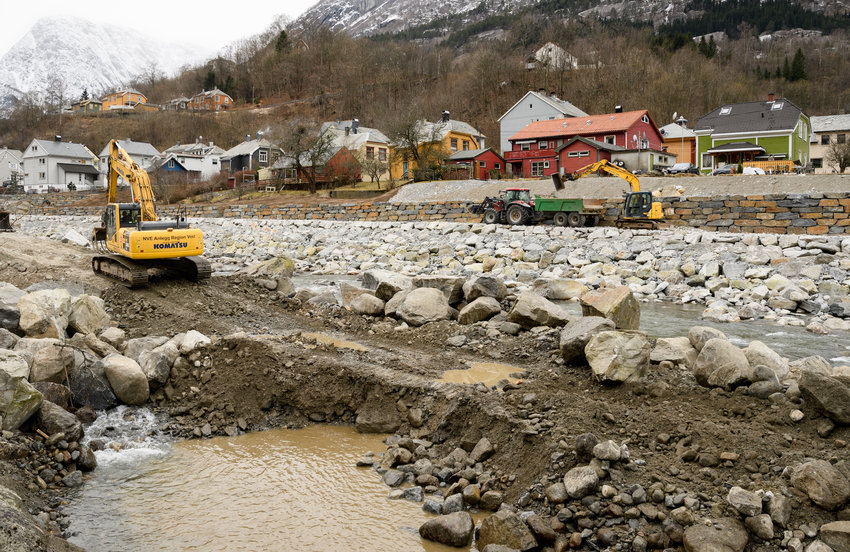
Tell us a bit about your background
I studied geophysics at Utrecht University in the Netherlands. After my master degree I started as a geomechanics scientist at a Dutch research organization, where I worked mostly on probabilistic earthquake prediction models for earthquakes caused by gas production, so called induced earthquakes. It was interesting work, but a lot of the project opportunities were funded by the oil and gas industry, which was not in line with my values. So I decided to look for a job in which I could actively contribute to tackle one of the most urgent challenges of our time: Climate change and the associated risks. Needless to say, my current position at Met Norway and within Climate Futures is a great fit!
What is your role at Met?
At MET I am employed a scientific programmer. As it turns out, the programming required to predict induced earthquakes isn’t all that different from that for predicting the weather. I work mainly on the operational post-processing of numerical weather prediction (NWP) models for the Norwegian weather app, YR. Post-processing involves: downscaling to finer spatial resolution, calibration, merging different models, applying statistical methods, etc. Anything in short, to get from ensemble outputs from the NWP models to a single forecast (with uncertainties) on YR.
In what way are you/ your organisation involved in Climate Futures?
Up til now YR only issued forecasts up to 10 days ahead. Within Climate Futures we are now developing weather forecasts up to 3 weeks into the future. For this we use weather models from the European Centre for Medium-Range Weather Forecasts (ECMWF). Because longer range forecasts are of course more uncertain, these 3 week forecasts won’t be issued with 6 hour precision, which is the case for the 10-day forecast, but instead we will provide “weekly summaries”. For these weekly summaries we focus on the variables; precipitation and temperature.
What do you like best about your job?
It is very exciting to work in a scientific field that is so strongly connected to society. I think that is very unique. If I make a mistake in the code that I write, it could potentially affect millions of people. This is a scary thought, but also very motivating. People make a lot of their daily decisions based on the weather forecast. The better the forecast, the better decisions people can make. These can be simple decisions like whether to bring an umbrella or not, but also decisions with larger impact. For example a farmer who wants to know when the first frost comes, to get their crops off the land in time.
What do you think about the possibilities that can come out of Climate Futures?
I think the interdisciplinary aspect of Climate Futures is its greatest strength. To have the industry and different end-users involved from the start of a (scientific) project is very important, but is often overlooked. Scientists tend to think that they know what is important and what they should focus on in their research, but if you cannot convince society about the usefulness of your results, there won’t be much impact. I think Climate Futures can potentially have a great impact, because of the wide variety of partners involved.

